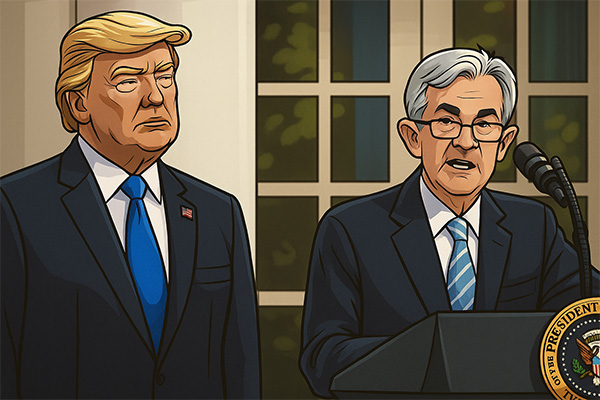
U.S. Producer Price Index Rises to 3.3% in July, Exceeding Expectations
📈 U.S. PPI Surges to 3.3% in July 2025, Raising Wholesale Inflation Concerns
Washington, D.C. — August 14, 2025 — The U.S. Producer Price Index (PPI) for July climbed to an annual rate of 3.3%, exceeding economists’ expectations of 2.9% and marking the fastest pace of wholesale inflation in nearly a year.
The unexpected acceleration in producer prices suggests that inflationary pressures remain embedded in the supply chain, challenging hopes for an imminent easing of monetary policy by the Federal Reserve.
PPI Data and Forecasts
The July reading follows a 3.0% increase in June and breaks a streak of gradual declines seen earlier in the year. Core PPI, which excludes volatile food and energy components, rose 0.4% month-over-month and 3.1% from a year earlier — both above consensus estimates.
- Energy prices rose sharply due to higher crude oil and refined product costs.
- Goods inflation picked up, led by industrial metals and machinery.
- Service prices increased moderately, with logistics and transportation costs climbing.
Federal Reserve Policy Implications
Analysts warn that the hotter-than-expected PPI could complicate the Fed’s timeline for interest rate cuts. Markets had been pricing in a potential rate reduction as early as September, but the latest inflation data may push that expectation into late 2025 or beyond.
“The Fed cannot ignore this reacceleration in wholesale inflation,” said Michael Harris, chief U.S. economist at Horizon Capital. “Cutting rates too soon could risk undoing much of the progress made on consumer price stability.”
Market Reaction
Equities fell broadly after the release:
- S&P 500 dropped 1.2% by midday trading.
- Dow Jones Industrial Average slid over 300 points.
- U.S. Treasury yields rose, with the 2-year note climbing to its highest level since March.
- Dollar index strengthened against major currencies.
Bond traders adjusted their expectations, now pricing in fewer total rate cuts for 2025.
Expert Commentary
Sarah Lee, senior strategist at Global Markets Advisory, commented: “The PPI is a leading indicator. If producers are facing higher costs, some of that will inevitably pass through to consumers in the coming months.”
Meanwhile, James Porter of Equity Insights noted: “The market’s sell-off is a direct reflection of rate cut hopes being dialed back. This is not just about one data point — it’s about the trend.”
Economic Outlook
While some sectors continue to show resilience, the persistence of wholesale inflation may prompt the Fed to maintain higher rates for longer. Economists are split on whether the economy can withstand prolonged tight monetary conditions without slipping into a mild recession.
Key factors to watch include global commodity prices, labor market trends, and upcoming consumer inflation readings.
Conclusion
The July 2025 PPI report serves as a reminder that inflation is not yet fully under control. For policymakers, the data underscores the challenge of balancing inflation containment with economic growth, while for investors, it signals a more cautious path ahead.